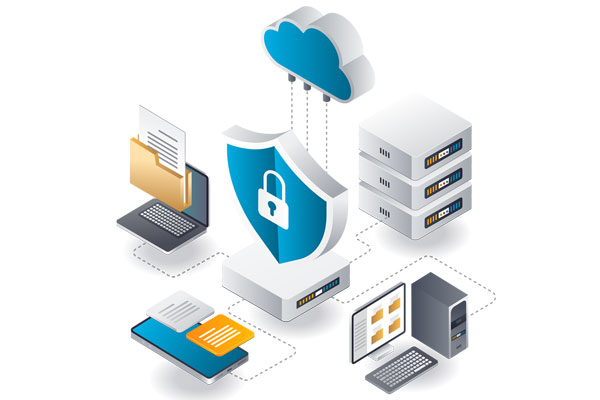Blog
SAP HANA Security: Complete Tutorial
October 26, 2022
October 26, 2022

Are you using SAP HANA? If so, it's imperative that you understand the security features and options available to you. This complete tutorial will show you everything you need to know about SAP HANA security. We'll cover user management, authorization checks, and more. By the end of this tutorial, you'll be able to secure your SAP HANA environment with confidence!
SAP HANA security is the process of securing the SAP HANA platform and its data. It includes authentication, authorization, and auditing measures to ensure that only authorized users can access SAP HANA data and resources. SAP HANA is a complex system with many different components and configurations. As a result, securing SAP HANA can be a challenge.
The most important part of SAP HANA security is ensuring that only authorized users can access the system. This can be accomplished through various methods, including user roles and privileges, network security, and data encryption.
SAP HANA offers a complete user management system that allows you to control access to your data and applications. User and role management are critical to SAP HANA administration, as it helps ensure that only authorized users can access sensitive data.
User and role management in SAP HANA are based on two distinct architecture models, each of which has advantages and disadvantages. These are 3-Tier Architecture and 2-Tier Architecture.
It's vital to protect your company's SAP HANA system with a well-organized network security system. By doing so, you're deterring any possible attacks and unauthorized access.
There are a few key components to consider when configuring network security for your SAP HANA system:
SAP HANA data encryption capabilities help firms safeguard their information from prying eyes. Data encryption changes readable data into an unreadable format by using an encryption algorithm. Encrypted data can only be decoded by authorized individuals with the corresponding decryption key.
SAP HANA offers two types of data encryption: column-level and table-level. Column-level encryption encrypts specific columns of data within a table, while table-level encryption encrypts all data within a table. SAP HANA also supports transparent data encryption, which encrypts the entire database, including backups.
Organizations must carefully consider their security needs when deciding which type of data encryption to use.
SAP HANA provides several features to effectively manage data encryption needs, including key management, auditing, and reporting.
The most common forms of authentication for SAP HANA are SAP Logon and Assertion Tickets, user name and password, X.509 Client Certificates, and Security Assertion Markup Language (SAML).
Digital signatures are an essential part of authentication in SAP HANA. They allow the system to verify that a user is who they say they are and that the data they are trying to access has not been tampered with. SAP HANA supports a variety of digital signature algorithms, including RSA, DSA, and ECDSA.
SAP HANA can also be secured with Kerberos, which is a network authentication mechanism that employs secret-key cryptography to verify the identity of clients and servers. When used in conjunction with SAML or SAP Logon Tickets, Kerberos can offer a high level of security for SAP HANA.
Digital certificates are another critical part of authentication in SAP HANA. They are used to verify the identity of users and to encrypt data. SAP HANA supports various digital certificate formats, including X.509, PEM, and DER.
The SAP HANA authorization process ensures that only users with the appropriate permissions can access sensitive data and perform restricted actions. This allows organizations to keep their system secure while still allowing users the functionality they need.
The SAP HANA system has a predefined set of authorizations required for various system tasks. Administrators can modify these stored authorizations in the SAP HANA database as needed.
In addition to the predefined authorizations, administrators can create custom authorizations to control access to specific data or functionality. Custom authorizations can be made at the object level or the SQL level.
In this tutorial, we explored the different security aspects relevant to SAP HANA. We started with a high-level overview of SAP HANA security and why it's essential. Then, we drilled it down into specific topics like user management, data encryption, authentication, and authorization.
Approyo can help you secure your data. With SAP HANA, security is more important than ever to protect your business intelligence. As an expert in all things SAP, we have the answers to your questions on how to best secure your system. Contact Approyo today, and let us show you what we can do.